
In October of 2020 the Women’s Suffrage Centennial Commission and the National Endowment for the Arts announced a partnership to create public art for selected sites across the United States to honor the 100th anniversary of the 19th Amendment. The amendment secured women’s right to vote in the U.S. Constitution when it was certified on August 26, 1920.
The two federal agencies joined forces to create a public art grant program that has provided funding to each of the nation’s six regional arts organizations that together represent all 50 states and U.S. territories. For this particular installation the L/A Arts Commission worked in partnership with the New England Foundation for the Arts.
Each of the regional arts organizations developed guidelines to solicit proposals from artists in their region interested in creating a mural honoring the history of American women’s fight for the right to vote. In April 2021 an official request for proposals (RFP) was announced. Panels selected a single artist from among their region’s submissions.
I was honored to be selected as the artist representing the New England region and worked closely with the panel to develop and evolve the mural concept from what was initially proposed. The installation process began in September and was officially released to the public in November 2021. An official commemorative event took place June 24th, 2022.
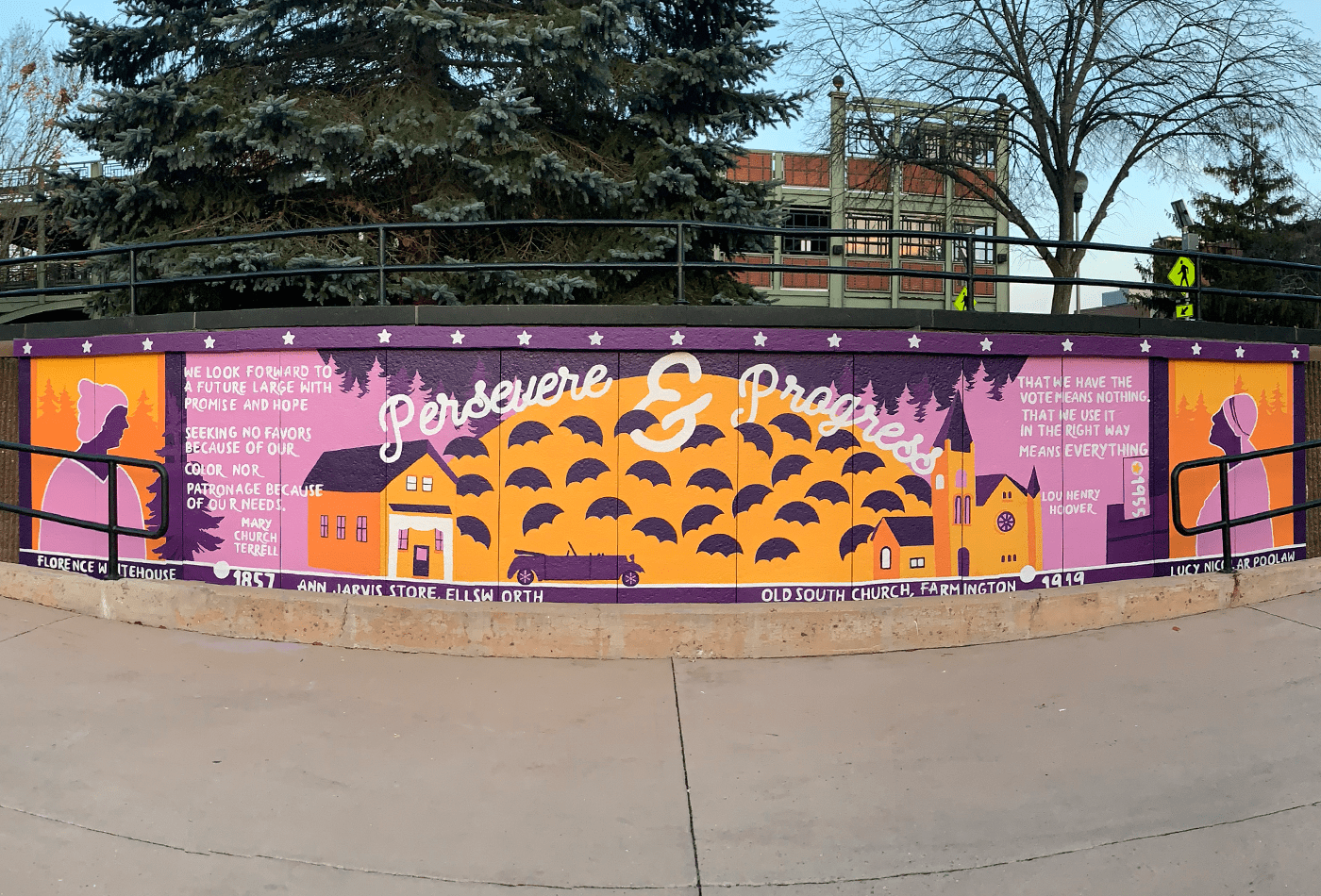
Path of Perseverance
72 Lisbon Street, Lewsiton, Maine
2021 | Public Art Fountain Mural
Maine’s history is rich with inspiring stories of women achieving greatness against unimaginable feats. That is the message this artwork should convey. To struggle onward against all odds for what you know in your heart to be right and true. To activate the space I wanted to create a bold eye-catching design true to the suffrage aesthetic, rich with symbolism, brought into the modern era.
Royal purple evokes power and authority – while also being the official color of the suffrage movement – it is a color that represents passion, something these women had no shortage of. Diagonal shapes lead the eye. A lighter tone blocks out the backdrop allowing the prominent figures to stand out in rich gold tones which breathe life into stoic silhouettes. A rising sun gives hope for a brighter future.
19 stars adorn the top of the mural – representative of the 19th Amendment and a nod to the suffrage flag which displayed 36 stars – one for each state needed to ratify the amendment. Florence Brooks Whitehouse stands on the left looking down upon the work of the suffrage movement. A tall gently sloping pine – represents growth despite struggle and is a nod to the Maine W.C.T.U whose promotional imagery often featured a sloping pine. One of the first female owned stores in Ellsworth, Ann F. Jarvis’ Store begins the journey of suffrage efforts.
28 umbrellas assemble in the courtyard – representing both the mass of suffragists who would take to the streets in cars and on foot to march in the name of equality and every amendment brought to the state addressing women’s suffrage before the ratification of the 19th amendment. The Old South Church stands tall against the rising sun.
Across the courtyard of suffrage umbrellas we find Lucy Nicolar Poolaw – a prominent figure amongst the women’s suffrage, native rights and immigration movements – proudly looking towards the sky, to the future beyond the 19th amendment. In 1955 after the Penobscot people gained the right to vote, Lucy was the first Native American to cast a ballot in Maine.
Only 8 percent of monuments and memorials in the United States represent women’s role in American history. Through the creation of memorials, statues, monuments, and murals, the Women’s Suffrage Centennial Commission was committed to public art, to telling the stories of the suffrage movement in ways that make women’s history visible and accessible, and to ensuring that this history is taught, told, and remembered for the next 100 years.
It was important for me, in my concept, not only to show how diverse the history of this lengthy movement was, but also to provide a perspective on the future that would hopefully be a source of inspiration for generations to come.
When the request for proposals was issued I was unaware that the backdrop was part of a fountain. Some additional tests and precautions were taken to help ensure the longevity of the mural under these unique conditions. After additional input on the original concept was provided by the panel, several changes were made to the overall composition and some materials and plans altered. Once the concept was finalized a portion of the backdrop area was painted with sample text in the chosen materials. The fountain was turned on and tested; once all parties agreed the sample test was a success the project was in full swing.
The concept began as rough sketches I created in the Procreate app on my iPad. Once I visited the site location in person and took some high resolution photographs and measurements I was able to gain a better grasp of the scale and proportions of the mural area. I then established a photographic mockup in Adobe Photoshop. From there the design was rendered in Adobe Illustrator to scale and imported to the Photoshop document to create a fully rendered mockup.
I later separated out the layers of the concept within Illustrator in order to establish a rough plan for physically recreating the mural on the wall. With a series of measurements and some custom cut stencils I was able to recreate the original concept quite accurately even with the added challenge of painting onto a curved facade.
“Our bipartisan resolution designating August 2020 as National Women’s Suffrage Month recognizes and honors the struggle to extend to women the most fundamental right in our democracy – the right to vote. As our nation comes together to celebrate the 100th anniversary of the passage and ratification of the 19th Amendment, let us remember that the hard work for women’s suffrage was done by women of all backgrounds, including women of color who fought and marched alongside their white colleagues in the suffrage movement, but whose contributions went largely unsung, and many of whom were still denied the right to vote after the 19th Amendment was ratified. This year, as America celebrates this monumental Centennial and all the progress that women have made in the last 100 years, let us also recognize that we have more glass ceilings to break, and more work to do to make sure that the voting rights that have been won for all, are protected.”
— U.S. SENATOR TAMMY BALDWIN
You made it to the end – I hope you had fun.
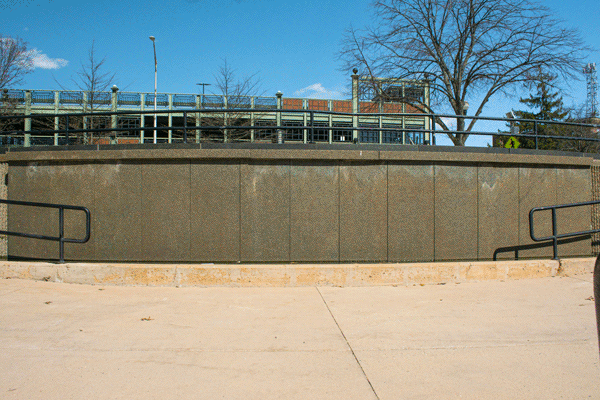
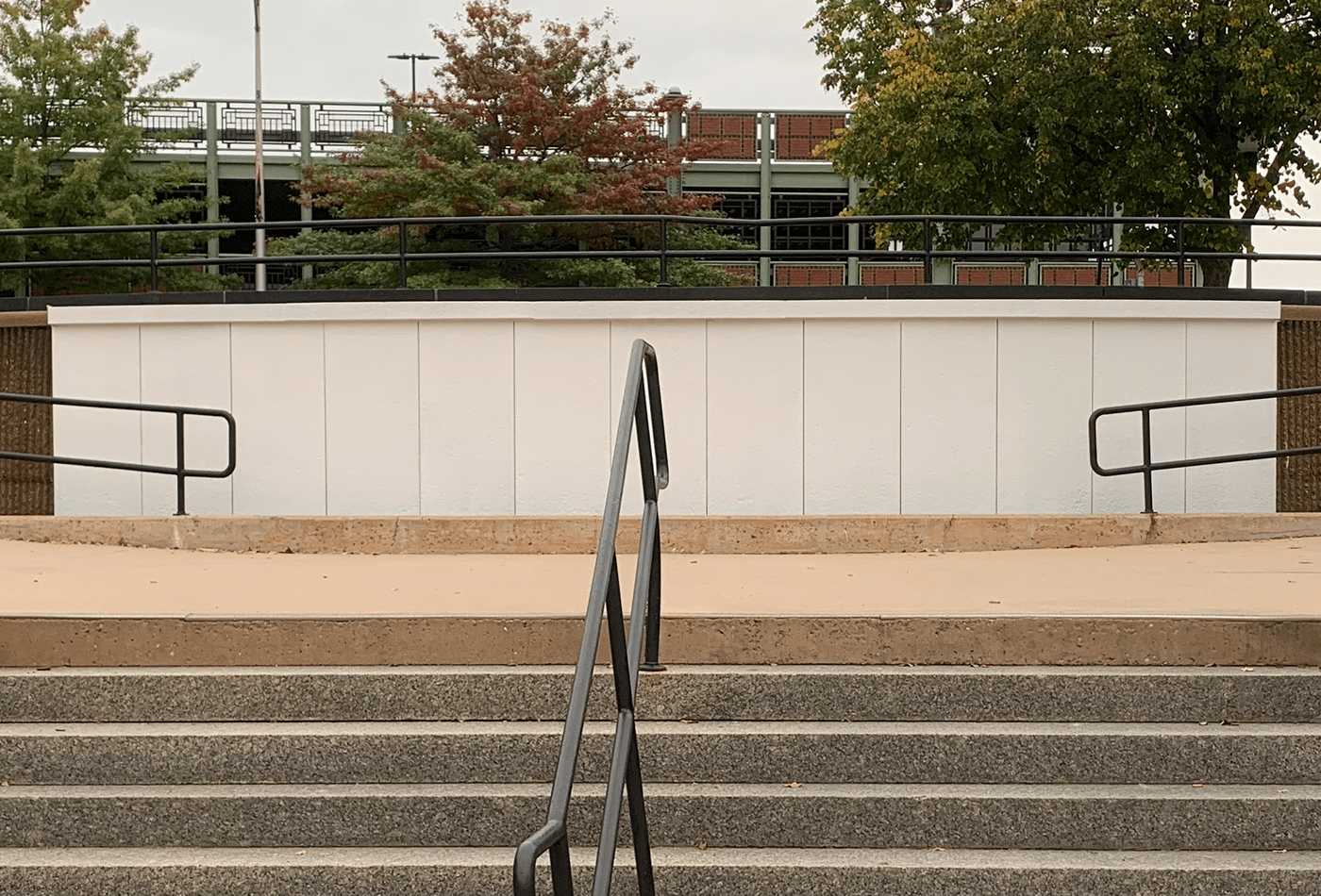
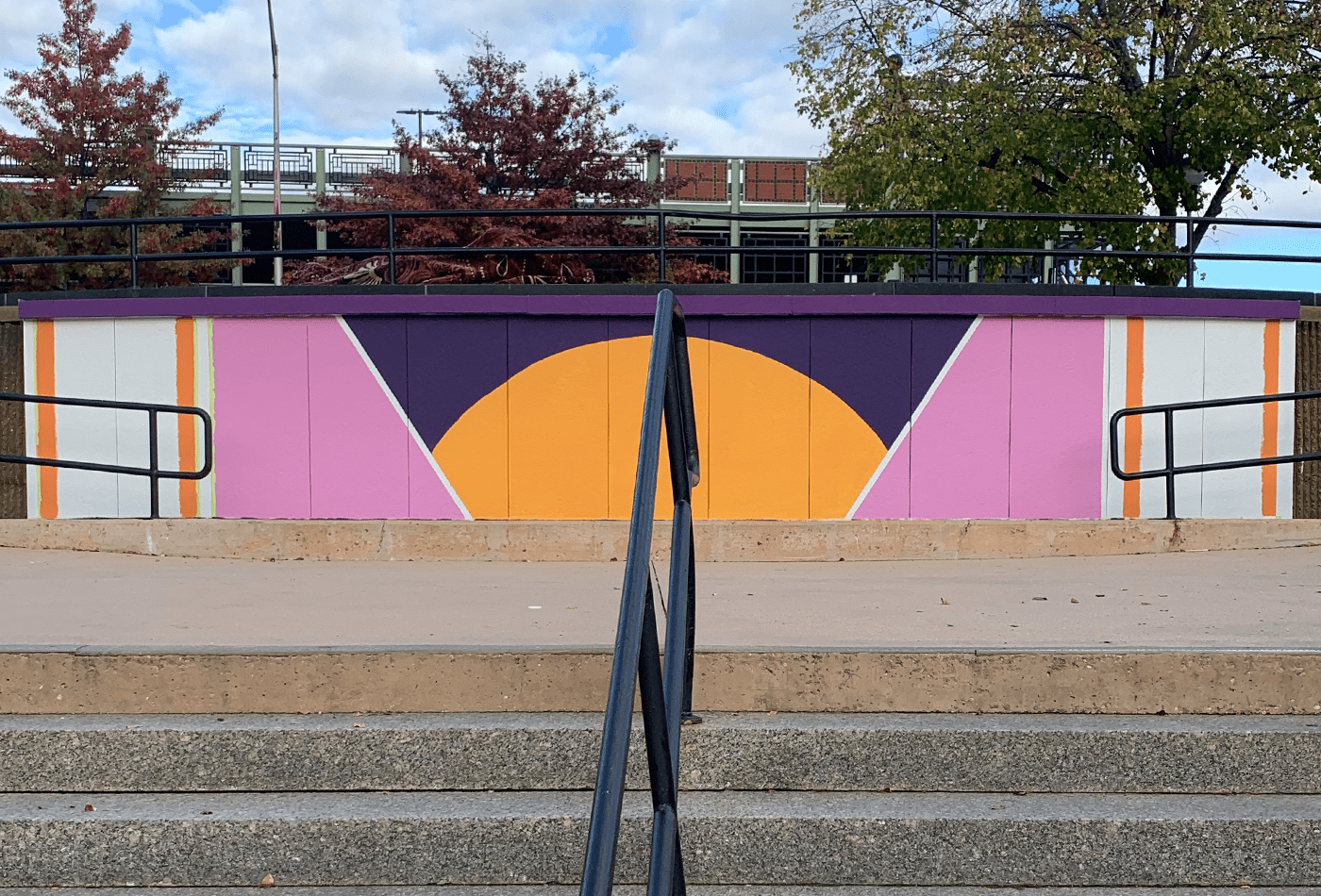
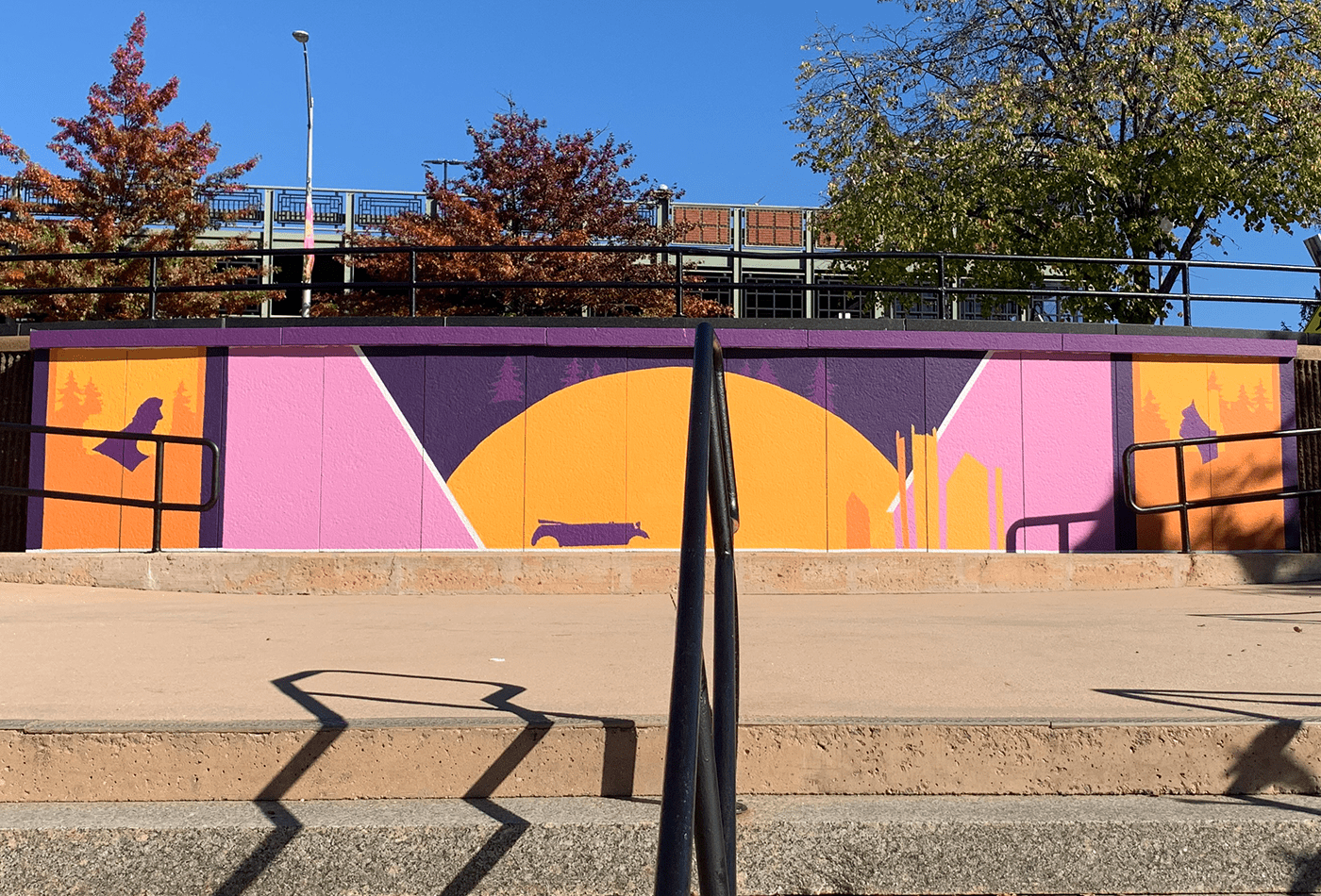
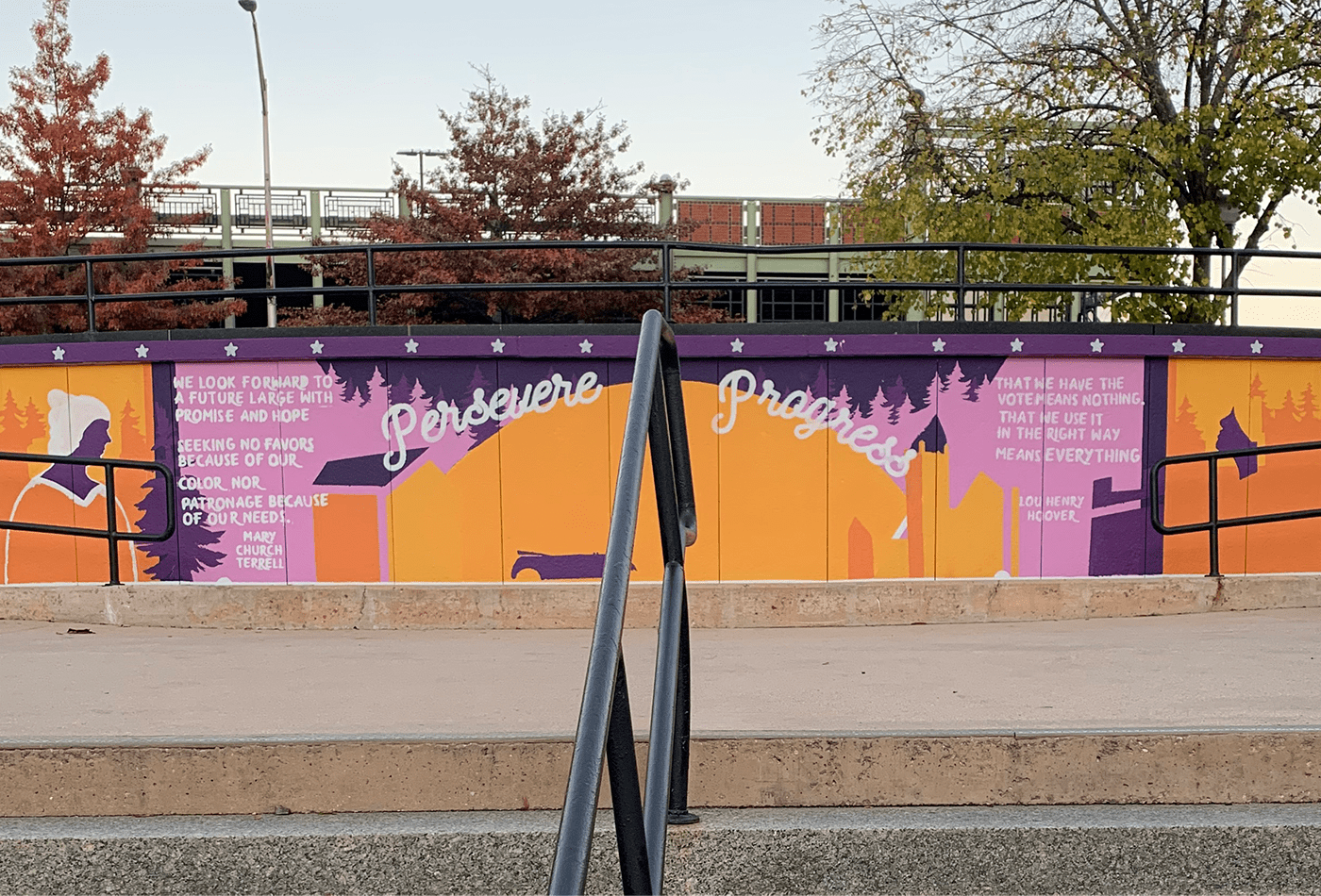
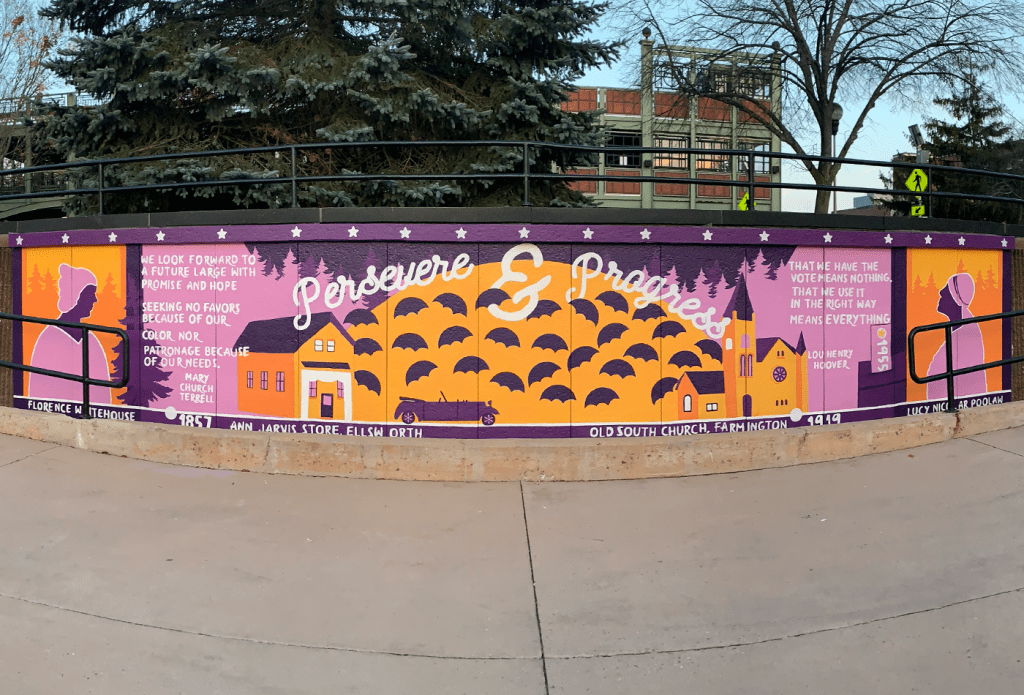






Only 8 percent of monuments and memorials in the United States represent women’s role in American history. Through the creation of memorials, statues, monuments, and murals, the Women’s Suffrage Centennial Commission was committed to public art, to telling the stories of the suffrage movement in ways that make women’s history visible and accessible, and to ensuring that this history is taught, told, and remembered for the next 100 years.
It was important for me, in my concept, not only to show how the diverse history of the lengthy movement was but also to provide a perspective on the future that would hopefully be a source of inspiration for generations to come.
When the request for proposals was issued I was unaware that the backdrop was part of a fountain. Some additional tests and precautions were taken to help ensure the longevity of the mural under these unique conditions. After additional input on the original concept was provided by the panel, several changes were made to the overall concept and some materials and plans altered. Once the concept was finalized a portion of the backdrop area was painted with sample text in the chosen materials. The fountain was turned on and tested; once all parties agreed the sample test was a success the project was in full swing.
The concept began as rough sketches I created in the Procreate app on my iPad. Once I visited the site location in person and took some high resolution photographs and measurements I was able to gain a better grasp of the scale and proportions of the mural area. I then established a photographic mockup in Adobe Photoshop. From there the design was rendered in Adobe Illustrator to scale and imported to the Photoshop document to create a fully rendered mockup.
I later separated out the layers of the concept within Illustrator in order to establish a rough plan for physically recreating the mural on the wall. With a series of measurements and some custom cut stencils I was able to recreate the original concept quite accurately even with the added challenge of painting onto a curved facade.
“Our bipartisan resolution designating August 2020 as National Women’s Suffrage Month recognizes and honors the struggle to extend to women the most fundamental right in our democracy – the right to vote. As our nation comes together to celebrate the 100th anniversary of the passage and ratification of the 19th Amendment, let us remember that the hard work for women’s suffrage was done by women of all backgrounds, including women of color who fought and marched alongside their white colleagues in the suffrage movement, but whose contributions went largely unsung, and many of whom were still denied the right to vote after the 19th Amendment was ratified. This year, as America celebrates this monumental Centennial and all the progress that women have made in the last 100 years, let us also recognize that we have more glass ceilings to break, and more work to do to make sure that the voting rights that have been won for all, are protected.”
— U.S. SENATOR TAMMY BALDWIN
You made it to the end – I hope you had fun.

With over a decade of experience in a variety of creative industries I provide creative design solutions that exceed client expectations.
If you are interested in working with me – please reach out using the contact form below and I will get back to you as soon as possible.
